
About This Quiz
Can you tell the difference between a jackhammer and a hole saw? Know the difference between a rip saw and one that is crosscut -- and what the heck is a miter saw for, anyhow? If you can answer all these questions, you just might have what it takes to ace this construction basics quiz!
Got building skills? If you have a natural knack for putting things together or performing basic home and building repairs, a career in construction could be just right for you. This field not only allows you to stay active and work on a wide variety of projects, but it's also quite lucrative; tradesmen like carpenters and electricians earn a median annual salary of $45,000 to $55,000 as of 2017, according to the U.S. Bureau of Labor Statistics, and those who work their way up into construction management roles pull in a median of $91,000.
Ready to start swinging that hammer? First, you'll need to brush up on basic math skills and make sure you have the soft skills -- like timeliness, sales and basic marketing -- that are often needed for this field. While a college degree isn't usually required, many contractors rely on training programs and apprenticeships offered by local unions to learn on the job and build their careers.
Think you've got what it takes? Take our quiz to show off your construction basics IQ!
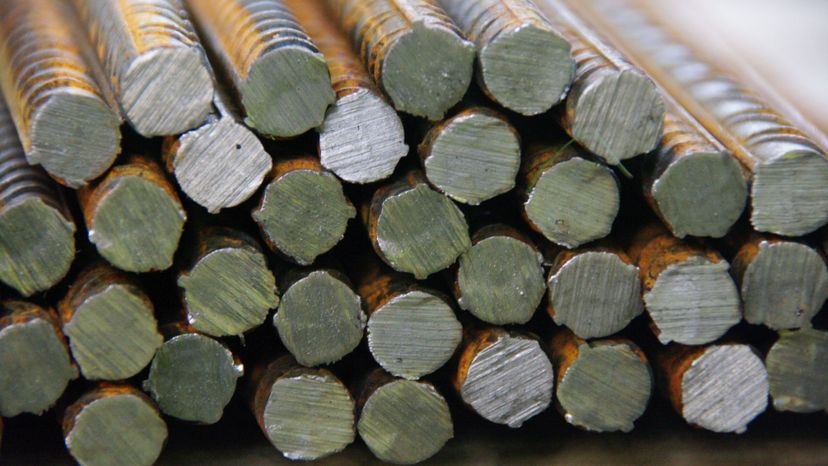
Concrete is super strong in terms of compressive strength, but not so good at putting up with tensile forces -- or forces trying to pull it apart rather than compress it. Adding steel bars called rebar goes a long way toward making the concrete stronger and more stable.
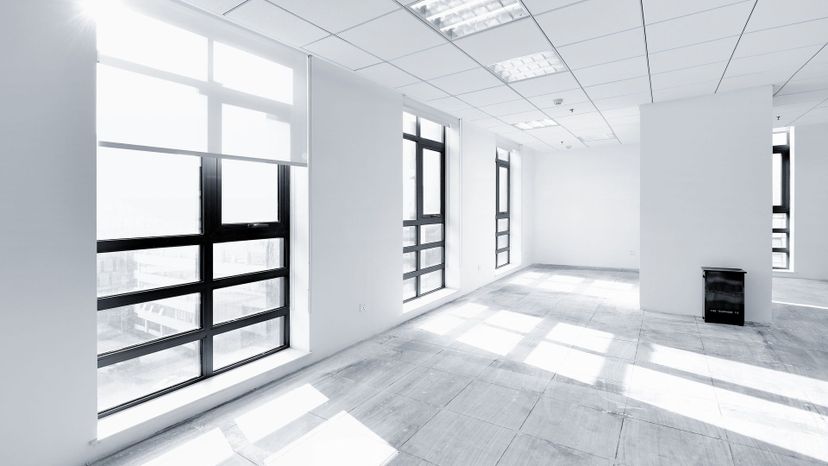
A bearing wall is one that supports the weight of building components above it -- like the ceiling. These walls shouldn't be demolished or modified without advice from a structural engineer.

When you see a child's picture of a house, with a simple square shape and a triangle placed on top, you're looking at a basic gable roof. This common sloped roof style is found on many homes. More complex designs include a hipped roof or a barn-style gambrel roof.
Advertisement
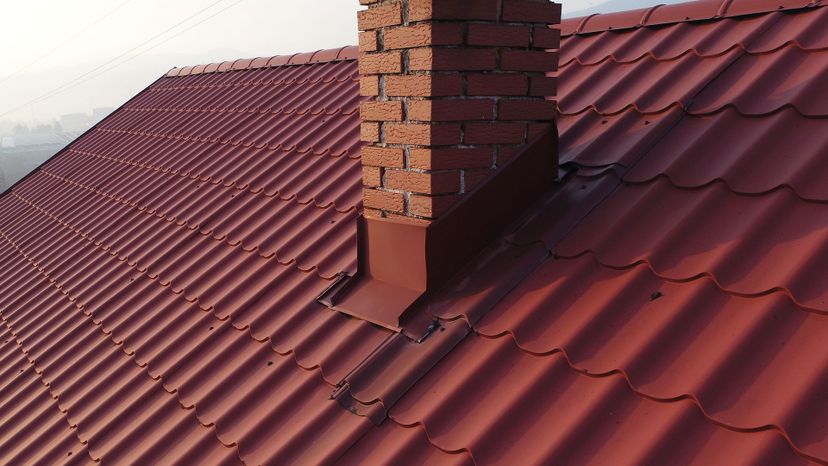
The angle or slope of a roof is known as the pitch. It represents how many inches the roof rises vertically over each foot it extends horizontally.

The foundation a home is built on helps to distribute the weight of the structure evenly over the ground. While many homes use a slab on grade, a crawlspace or a basement, there's no such thing as a knob and tube foundation.
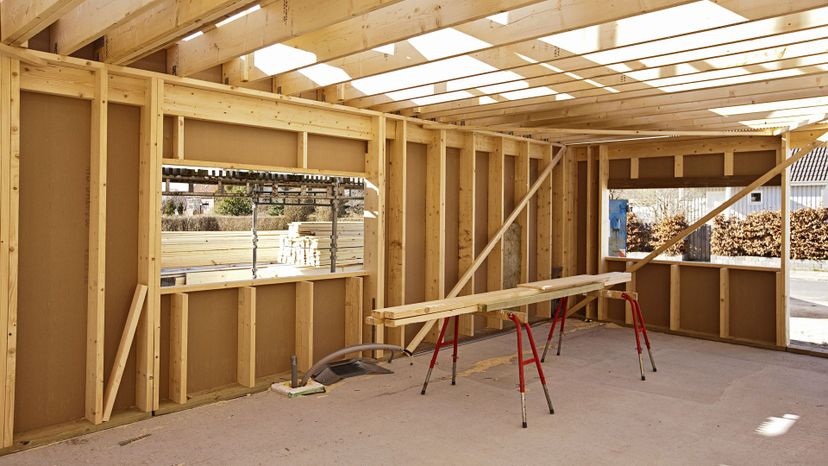
The framing of a typical house consists of wooden studs, which are arranged vertically to give strength and support to walls. Some homes and many commercial structures opt for metal studs rather than wood because they last longer and require less maintenance over time.
Advertisement

A lintel is any horizontal framing member used to add support over a door or window. It can be made of wood, stone or metal, and is sometimes used simply for decoration rather than for structural needs.
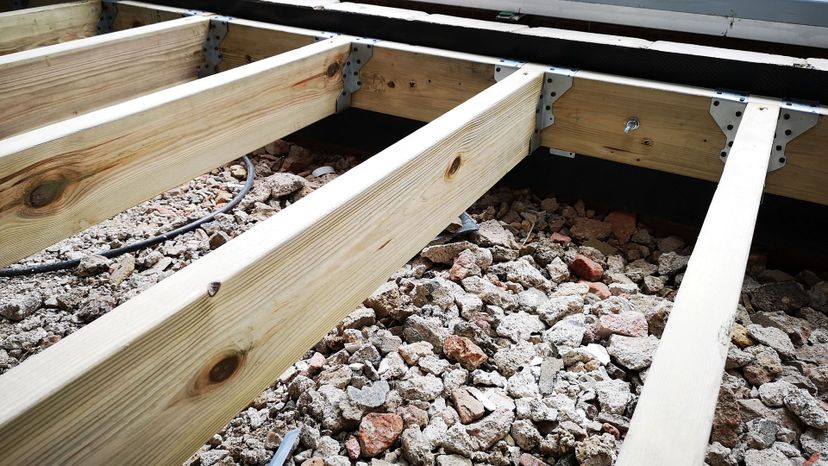
A joist is a framing member that runs parallel to the roof or ceiling. It is placed horizontally, and may be supported by additional framing members known as beams or timbers.
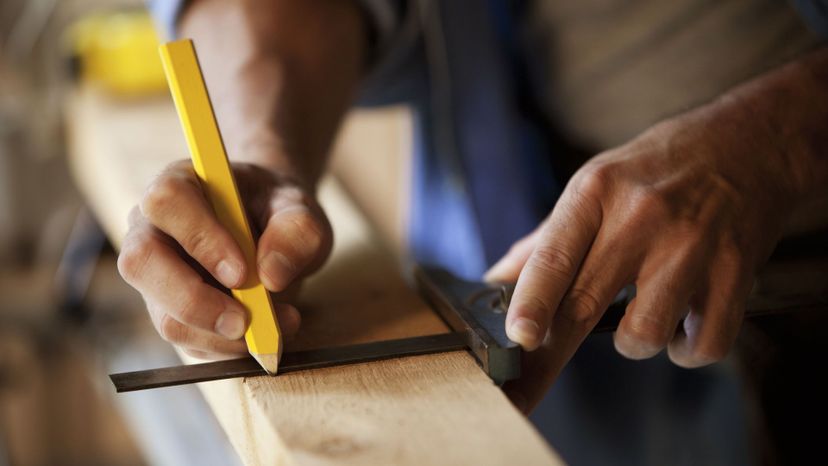
A 2x4 is a piece of lumber measuring 2 inches by 4 inches -- at least on paper. This 2x4 label is the nominal dimension, while the lumber actually measures 1.5 by 3.5 inches.
Advertisement
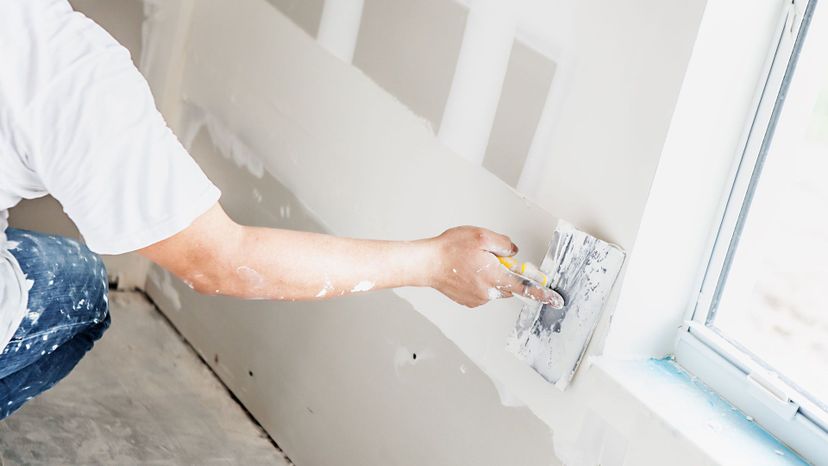
Drywall is great for building smooth walls -- except at the joints. To cover up the joints and blend them in with the surrounding surface, they are taped, coated in joint compound and sanded to an even finish.
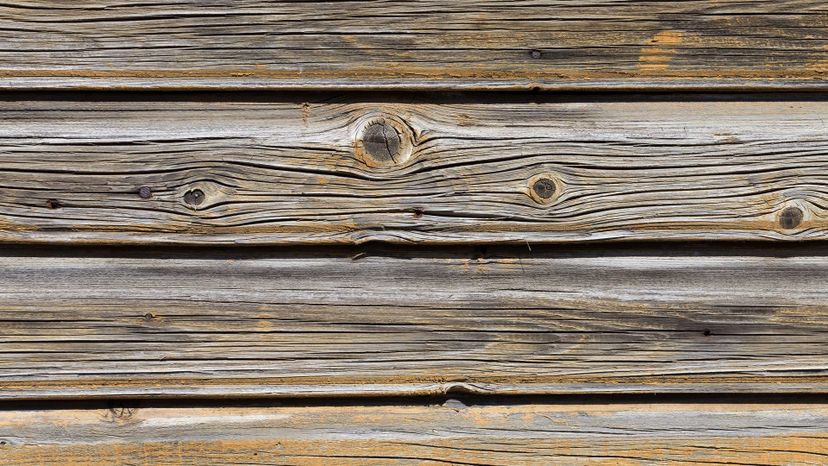
The terms hardwood and softwood technically have nothing to do with hardness or softness. Instead, hardwood refers to wood that comes form deciduous trees, like maple, oak and walnut, while softwood comes from evergreens like pine, fir and spruce.
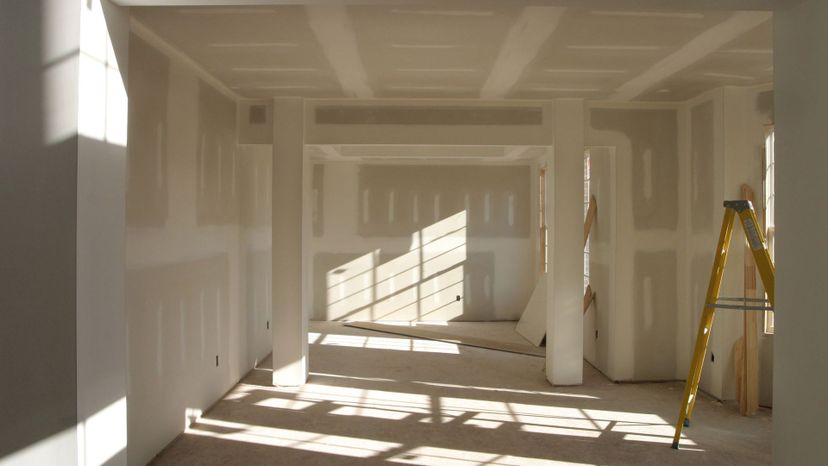
Gypsum is a naturally occurring material that is used to make drywall. It's compressed between sheets of heavy paper, then used to form the walls and ceilings in a home or building.
Advertisement

A mullion is any bar used to divide the panes in a window. This term may also be used for a vertical member placed between a pair of doors.
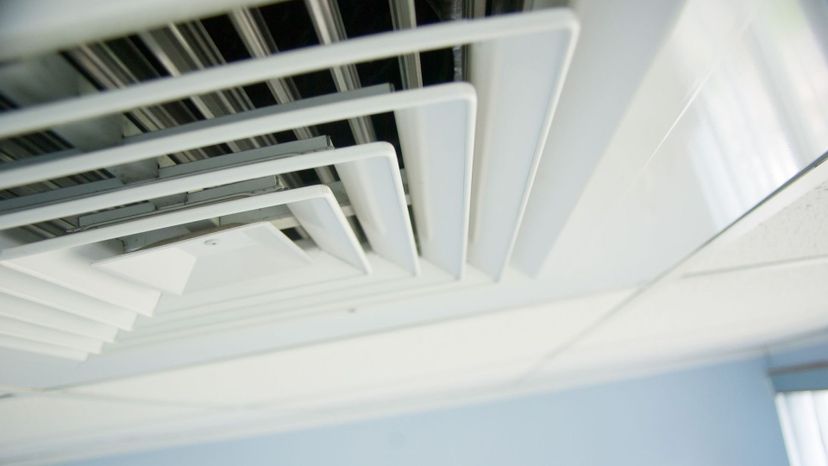
HVAC stands for heating, ventilation and air conditioning. Sometimes, it's written as HVACR, where the R at the end stands for refrigeration.
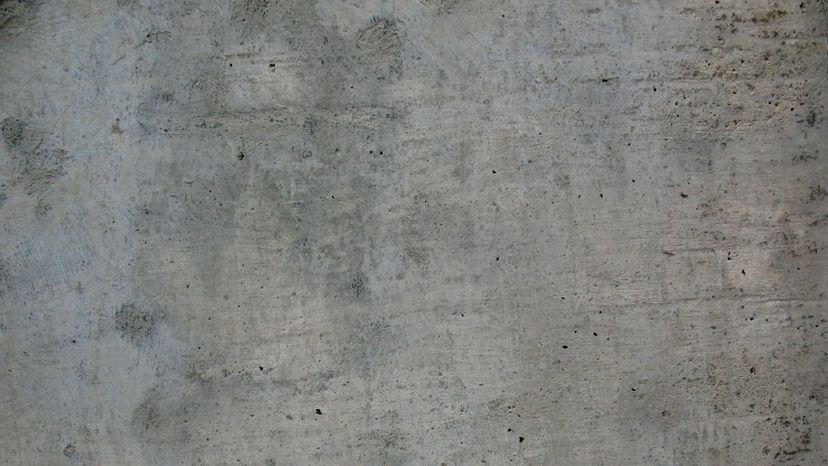
Insulating concrete forms, also known as ICFs, are a new method of placing cast-in-place concrete. The forms are made of sheets of foam insulation, and the concrete is then poured in between for an insulated and structurally sound building.
Advertisement

Some drywall is specially designed for certain applications. White drywall is general purpose, while blue board is designed for use with veneer plaster. Green board is moisture-resistant drywall, and is used in wet areas like the bathroom.
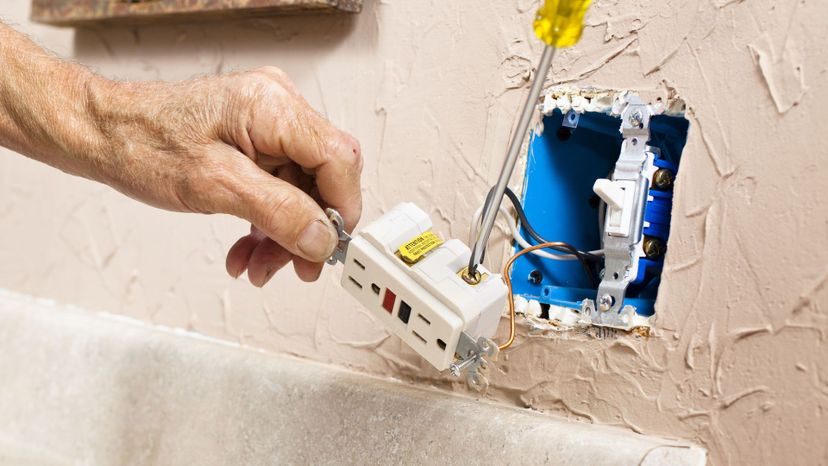
Many building codes require ground fault circuit interrupters, or GFCI receptacles in areas like the bathroom. These specialized electrical outlets help reduce the risk of fire an electric shock.

A p-trap is a plumbing device used under the sink. It's shaped like a letter p turned on its side, and is used to catch debris and keep sewer gases from entering the home.
Advertisement
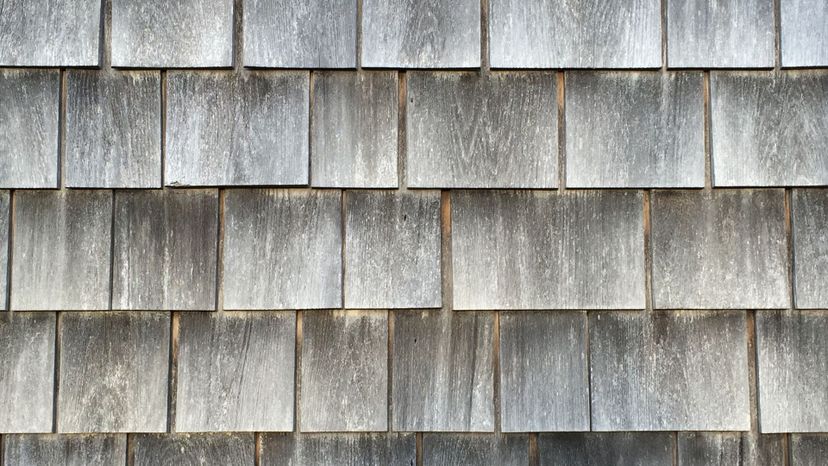
Wood shakes are naturally split wooden shingles that have been used for hundreds of years. They are used as both roofing and siding, and have a rustic, natural appearance.
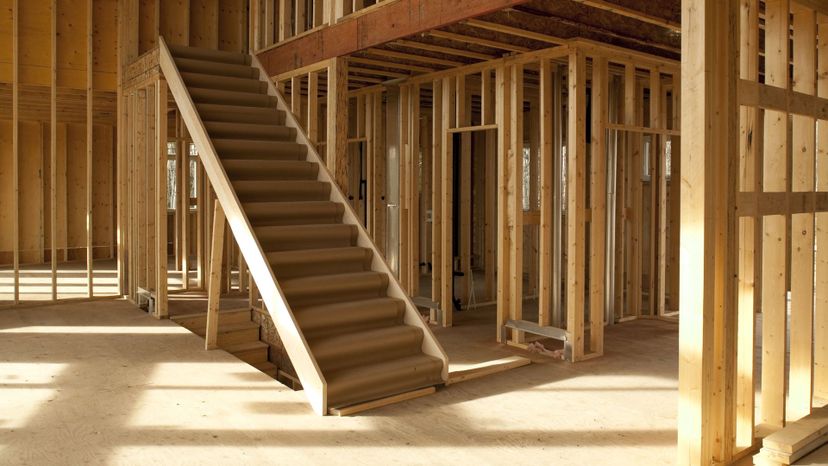
A staircase rests on a pair of stringers. The horizontal part of the steps are known as treads, while the vertical sections are called risers.

A standard sheet of plywood measures 4 by 8 feet. Made of thin sheets of wood glued together, plywood serves as a common material for building walls, floors and ceilings.
Advertisement
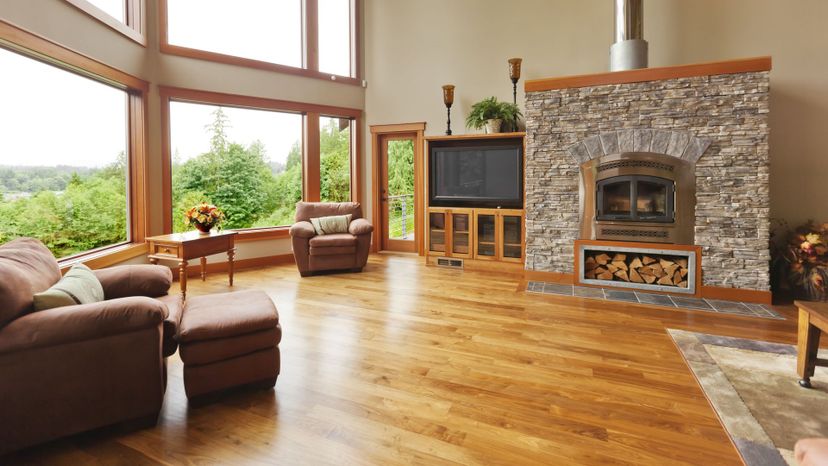
Laminate flooring is made by pressing layers of material together under high pressure. It includes a base layer topped with a printed image -- which can resemble wood, stone or tile -- then topped with a clear wear coat.
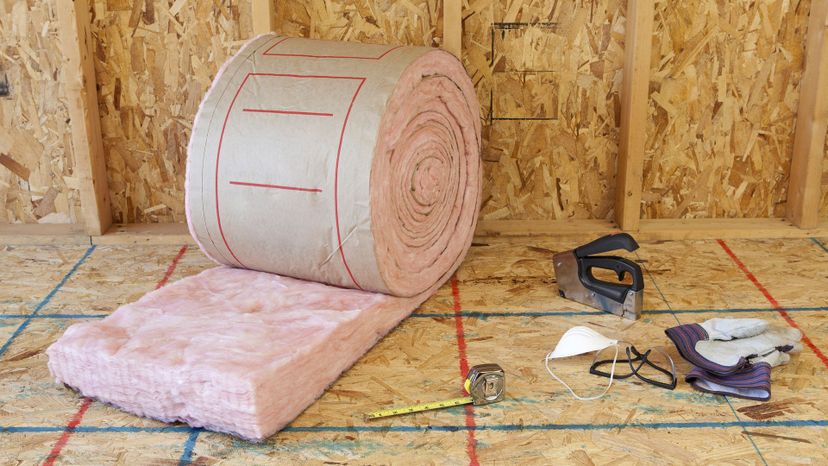
R-value is a measure of thermal resistance, and is often used to rate insulation materials. The higher the r-value. the better a material resists thermal transfer.

Roofing material is sold by the square. One square of roof shingles will cover 100 square feet of roof area.
Advertisement
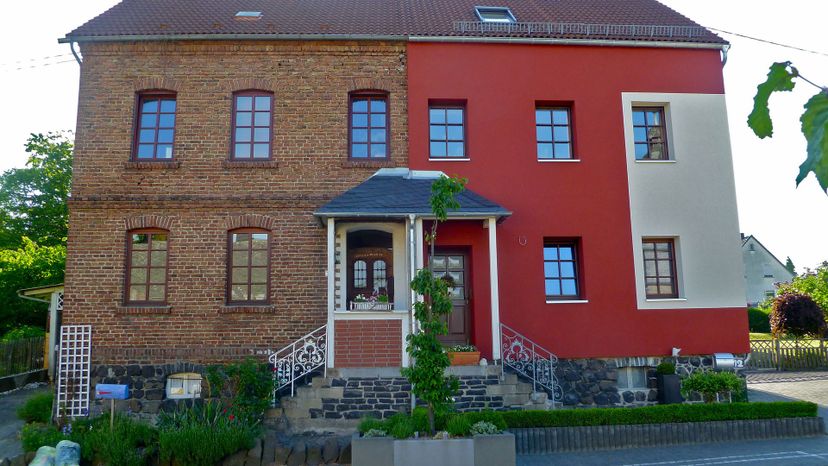
Exterior insulation and finish system, or EIFS, is roughly the modern equivalent of stucco. While stucco relies on organic materials like cement and lime, EIFS is made with polymers and other advanced materials.
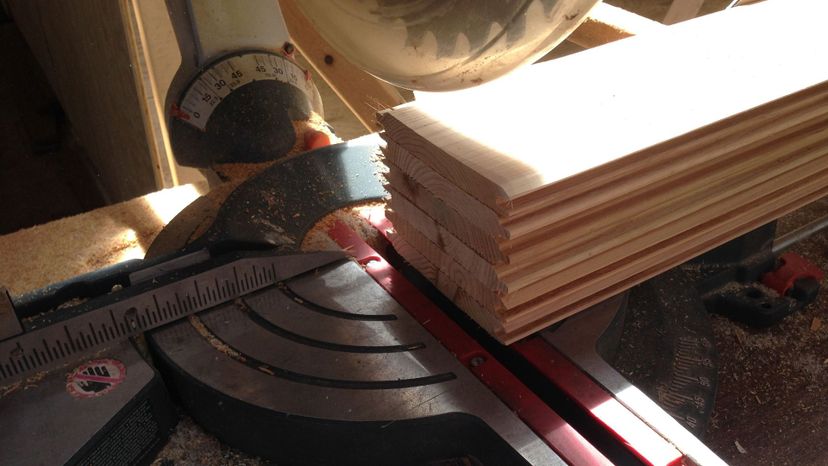
Anyone who has ever tried to install crown molding knows that creating angled ends that perfectly align is no easy task. A miter saw is designed to cut these types of angles, and is typically used to cut molding and trim.
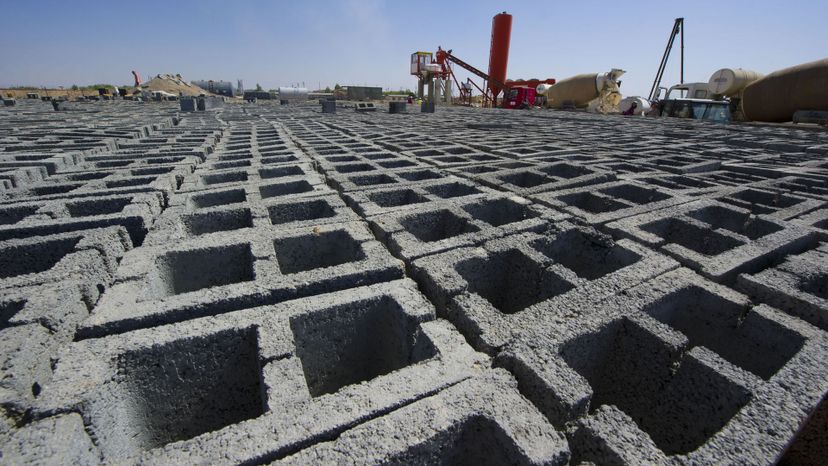
CMU stands for concrete masonry unit. These blocks, which come in standard sizes based on how thick of a wall they can build -- an 8-inch block is used to build an 8-inch wall, for instance -- are often used in high-traffic structures like schools and warehouses.
Advertisement
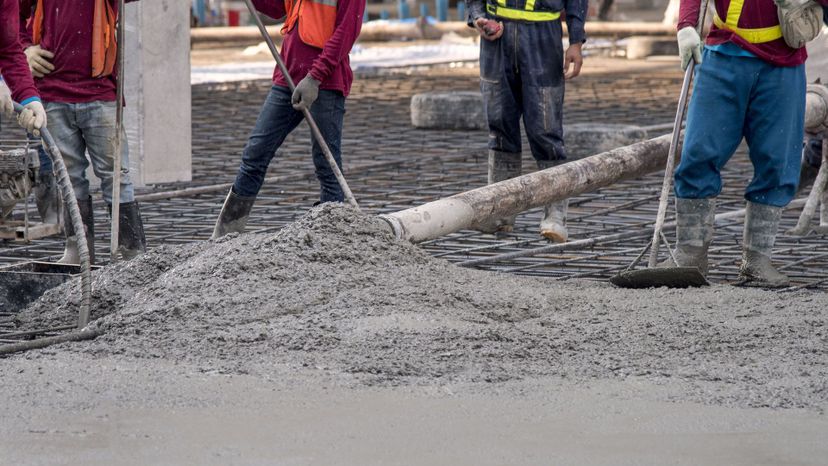
Concrete is measured in terms of cubic yards.One cubic yard of concrete will cover an area measuring 3 feet by 3 feet by 3 feet.
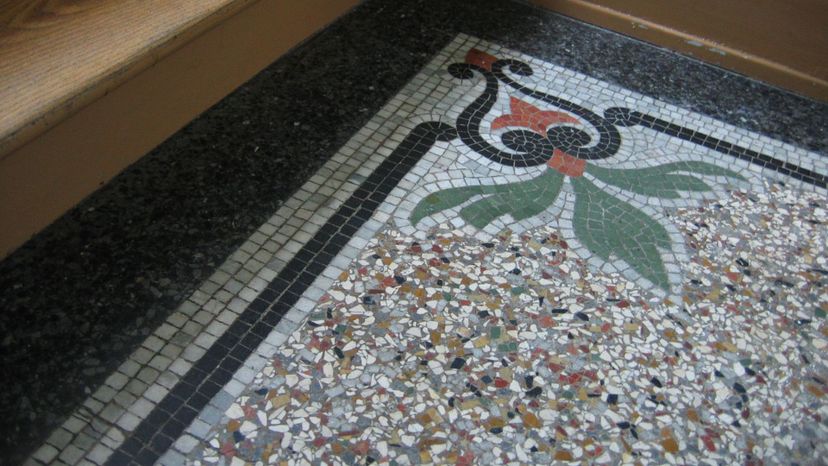
Terrazo is an old-school building material that is commonly used to construct floors. It's made from chips of marble, glass and stone mixed with cement and polymers.

U-factor is a rating that measures heat transfer through a window. The lower the U-factor, the more effective the window is at insulating.
Advertisement
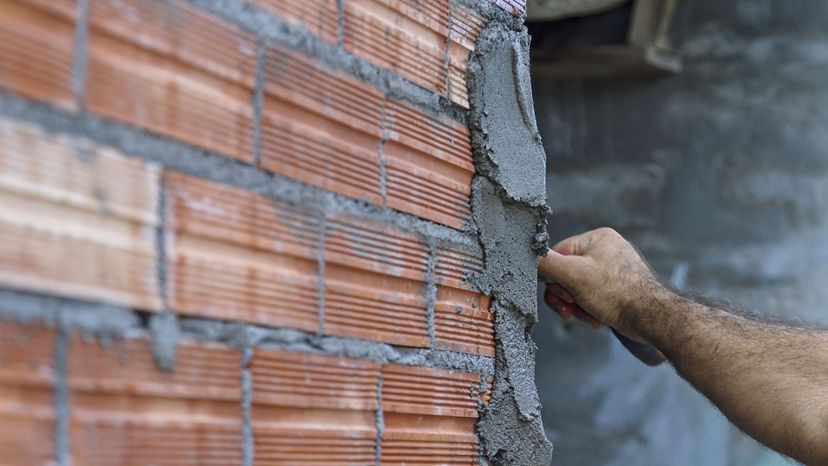
Tuckpointing, or pointing, is a process used to restore the mortar between bricks. It involves chipping out the old mortar and replacing it with a freshly mixed batch to minimize water infiltration and structural issues.

Fire-rated doors help to slow the spread of fire, giving occupants more time to escape during an emergency. They are rated by how long they can handle the heat, with ratings typically ranging from 20 minutes to 3 hours.

Nails are designated using the letter d, which stands for penny. An 8 d, or 8 penny nail measures 2.5 inches long.
Advertisement
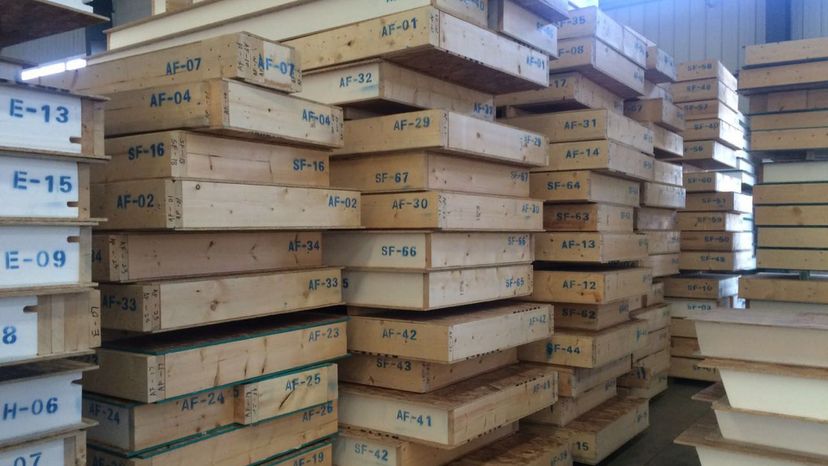
Structural insulated panels, or SIPs, are modern wall-framing components. They consist of two sheets of particle board filled with insulation, and can be used to construct walls in place of traditional sheathing.
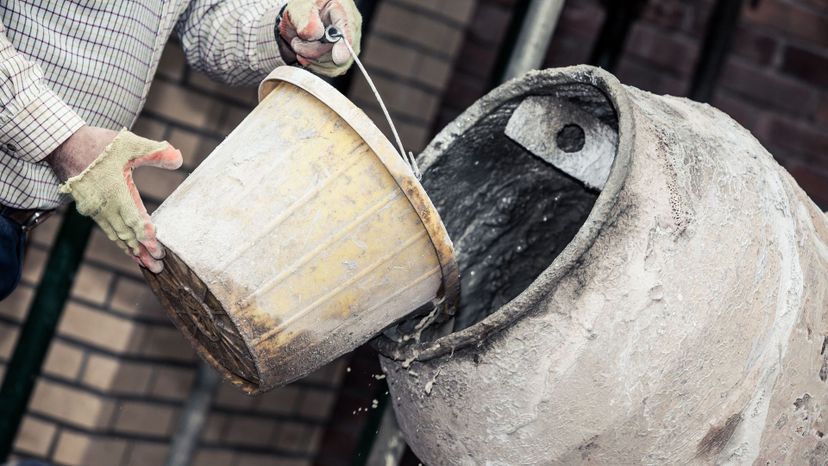
Concrete is mixed in ratios, so a ratio of 1:4:8 means you should mix one part cement, four parts sand and eight parts aggregate. Ratios can change based on where the concrete will be placed.
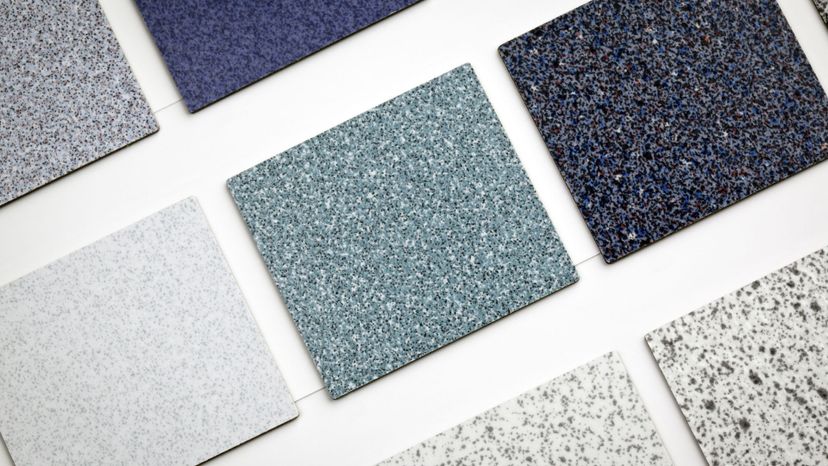
Vinyl composite tile, or VCT, is a flooring material used on high-traffic areas. It's similar in appearance to linoleum, but tends to be durable and require less maintenance.
Advertisement
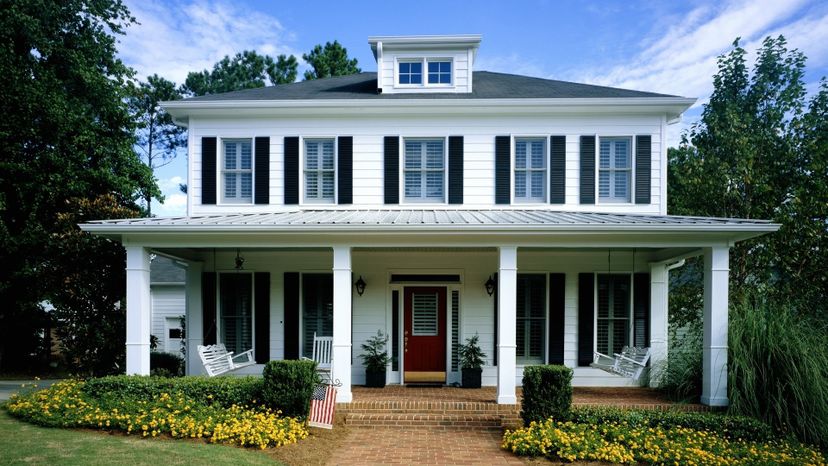
The U.S. Census Bureau named vinyl siding as the most common material used on new homes in 2017. The next most common is stucco, while wood siding is relatively rare.

There's nothing worse than being forced to deal with noise from loud neighbors, or from busy roads near your home. The STC, or sound transmission coefficient rating, on various building materials lets you know how well those products are able to stop sound waves.

OSHA requires you to shore up a hole to prevent it from collapsing -- and thus possibly burying yourself alive -- anytime you dig deeper than 5 feet. Of course, if you don't do a lot of digging, it's best to have someone qualified to keep an eye on things as you start shifting dirt.
Advertisement
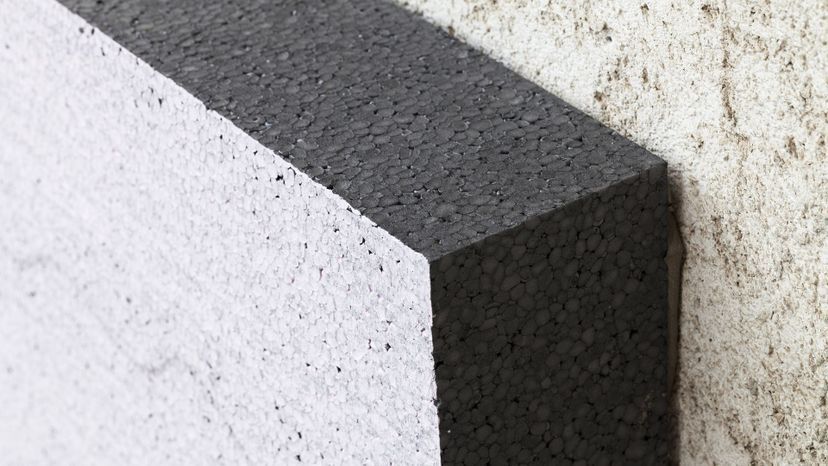
Inch per inch, polystyrene foam is about twice as effective at insulating walls than a standard fiberglass batt, wool or cellulose. Other composite materials can be even more effective in some applications.